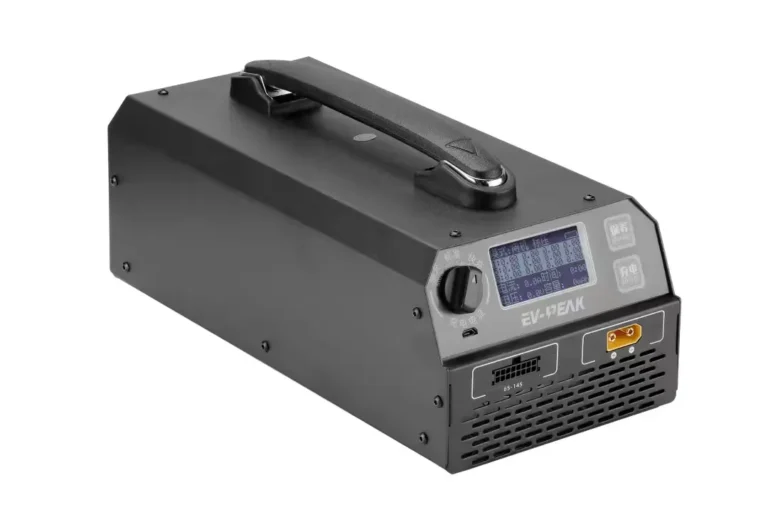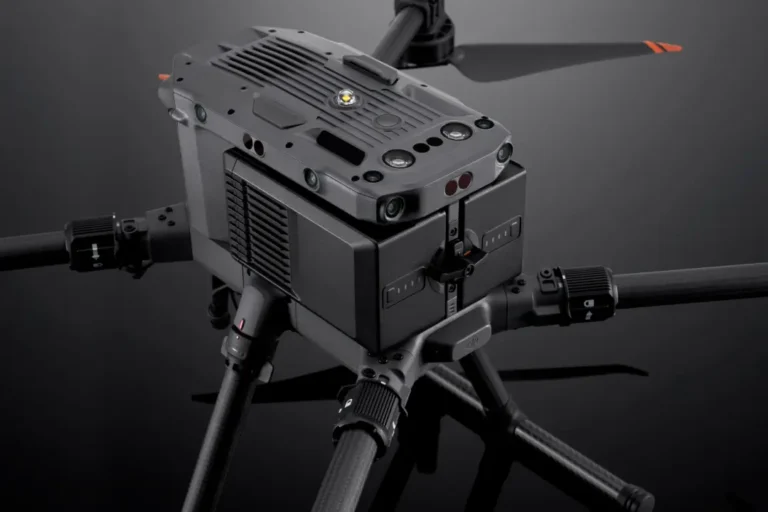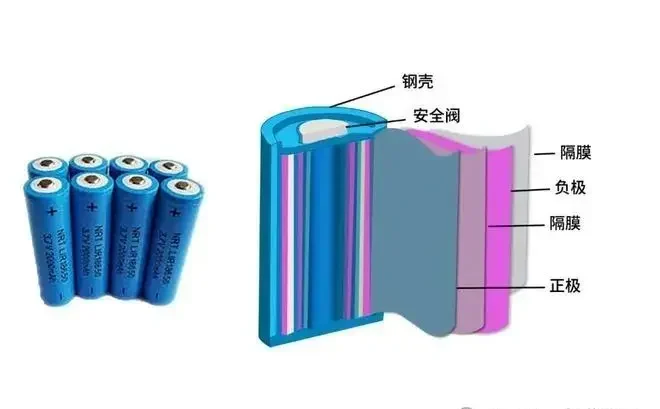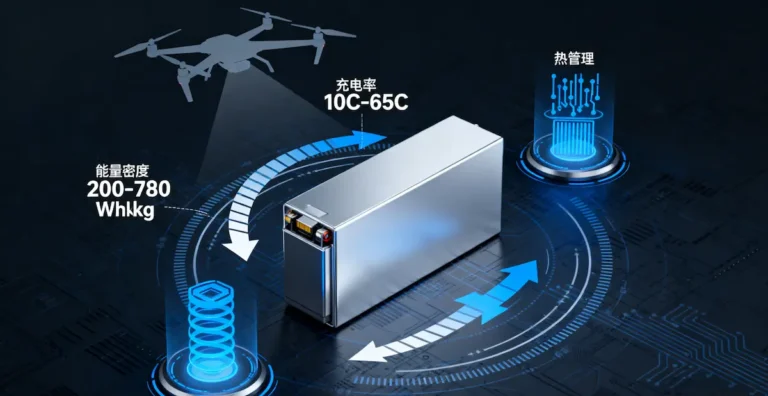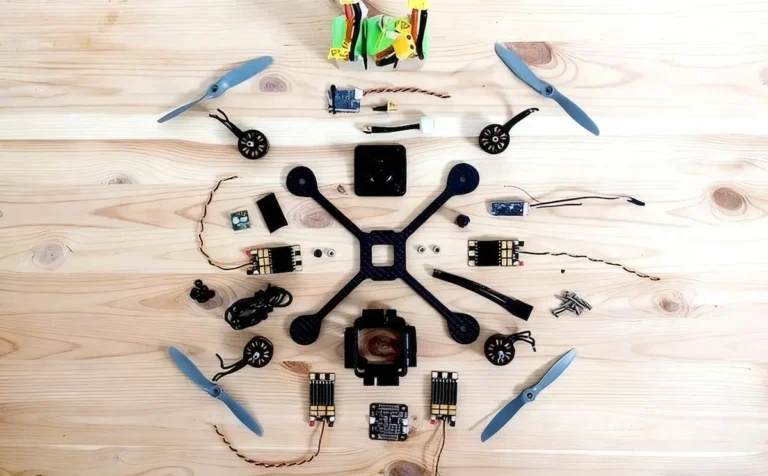New Lithium Battery Transportation Regulations for 2025
“When a fully charged NCM811 battery undergoes thermal runaway at 30,000 feet, the energy released is equivalent to 86 grams of TNT – which explains why IATA has built aviation safety defenses with a 30% SOC limit and a 3-meter stack yard test. As an engineer involved in the development of the UN38.3 test item, I will dismantle the life and death of the new 2025 lithium battery transportation regulations.”
I.The UN numbering system: lithium battery “dangerous goods ID card”.
New UN numbering for sodium-ion batteries in 2025
| UN No. | Applicable objects | Packaging Guide | Transportation scenarios |
|---|---|---|---|
| UN 3480 | Lithium-ion battery (separate) | PI 965 | Bare cell/battery pack |
| UN 3481 | Lithium-ion battery (built-in/packaged in equipment) | PI 966/967 | Cell Phone/Notebook |
| UN 3551 | Sodium-ion battery (separate) | PI 976 | New Energy Storage Battery |
| UN 3556 | Lithium-ion battery-powered vehicles | PI 952 | Electric vehicles/forklifts (mandatory from 2025.4) |
Fatal Misconceptions Warning
UN 3171 phase-out: this number is banned for lithium battery vehicles after March 31, 2025 (UN 3556/3557 instead)
Sodium-ion Battery Trap: organic electrolyte sodium batteries must be shipped with PI 977, water-based electrolytes are exempt from the hazmat process
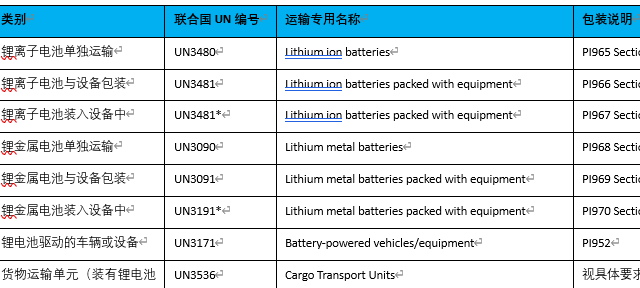
II. State of Charge (SOC): 30% life and death red line
Sub-scenario power limits
| Type of transportation | Requirements for 2025 | Mandatory upgrade in 2026 |
|---|---|---|
| UN 3480(separate battery) | SOC ≤30% | Violators denied boarding |
| UN 3481(>2.7Wh) | Suggested SOC ≤30% | SOC ≤30% + stacking test |
| Electric vehicles (UN 3556) | Suggested SOC ≤30% | >100Wh battery mandatory SOC ≤30% |
Engineer’s formula: SOC = (current capacity / rated capacity) x 100%
Case: 100Ah energy storage battery must be transported with ≤30Ah of remaining power, otherwise the risk of triggering thermal runaway ↑300%
III.Packaging and Testing: Physical Defense for Aviation Safety
1. 3-meter stacking test (added in 2025)
Test standard: packaging pieces need to withstand 3m high equivalent total package weight for 24 hours (simulate cargo hold stacking pressure)
Exemption condition: metal/hard plastic boxes can be substituted for physical test by FEA simulation report
Failure case: a manufacturer’s ABS shell deformed by 12mm → short circuit of battery cell caught fire (2025.1 Accident Report)
2. Packing Instruction (PI) Selection Tree
A. Battery type –> Is it shipped separately? –> Yes –> UN 3480 → PI 965
B. Battery type –> Is it transported separately? –> No –> Is it in the device? –> Yes –> UN 3481 → PI 967
C. Battery type –> Is it transported separately? –> No –> Is it in the equipment? –> No –> UN 3481 → PI 966
Section II Exemption Dividend: PI 967 Section II allows for exemption of DGD documents (limited to 5kg/box).
3. New labeling regulations
“Lithium battery labeling” → “Battery labeling”: need to include UN number (e.g. UN 3551)
Labeling update for Class IX: “Lithium-ion and sodium-ion batteries” replaces the original wording
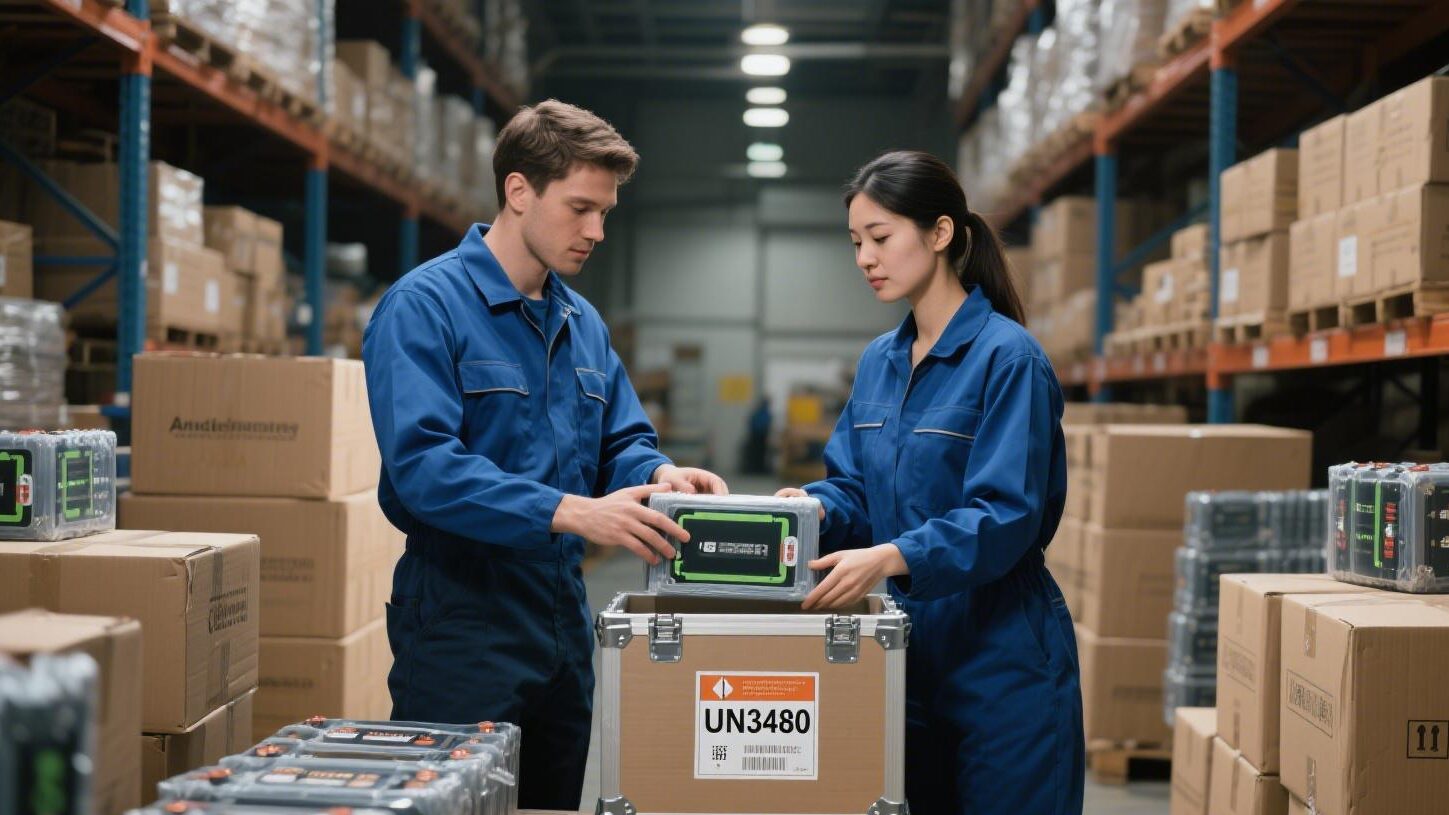
IV. Documentation system: the “passport” for compliant transportation
List of core documents
UN38.3 test summary: must include T.1-T.8 eight tests (thermal shock/overcharge/extrusion, etc.)
MSDS report: electrolyte components must be indicated (e.g. LiPF₆ concentration >20% needs to be labeled additionally)
DGD Dangerous Goods Declaration: UN 3481 Section II is exempted, UN 3480 is mandatory.
Stacking test report: new mandatory option from 2025 (FEA simulation certificate for plastic packaging)
Engineer’s Warning: Sodium ion batteries need to provide additional emergency response plan for sodium leakage (according to PI 976.3.2.1).

Flow chart of air transportation practice
Confirm the battery type → Determine the SOC (≤30%) → Select the UN number → Match the PI packing guide → Complete the 3-meter stacking test → Label the new regulations → Prepare the four major documents
Attachment: A company’s sodium batteries worth $2.2 million were seized by Dubai Customs due to confusion between UN 3481 and UN 3551.


